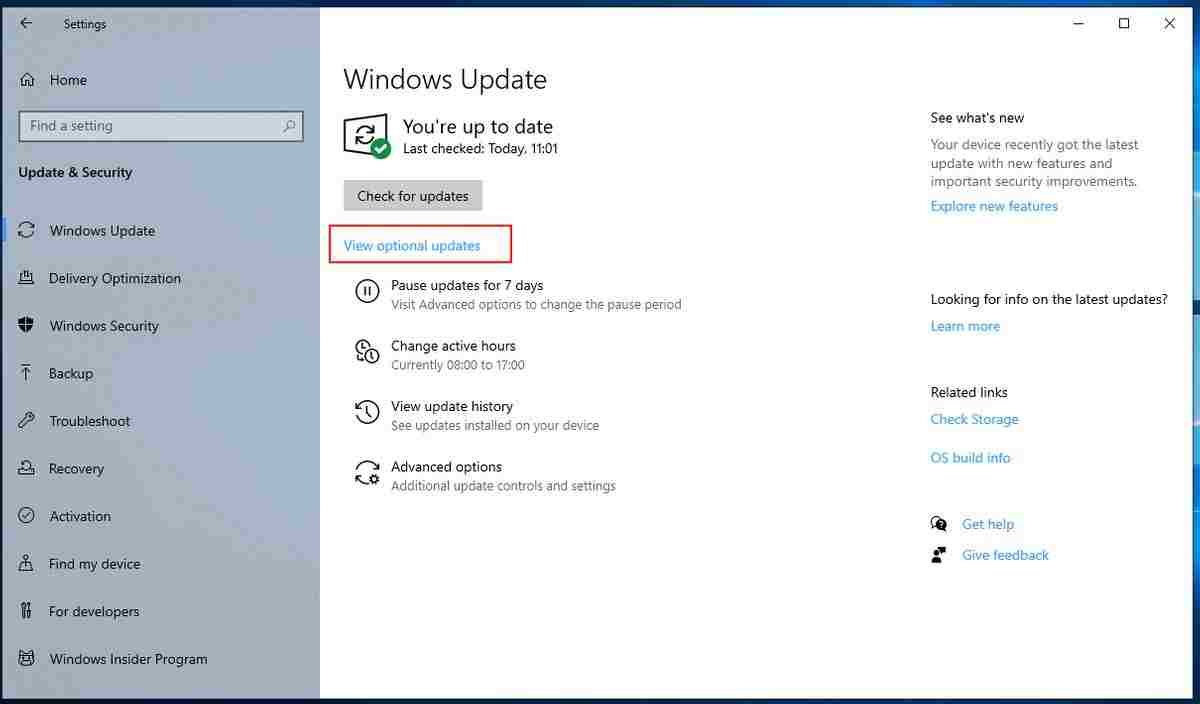Automatic updates are useful for keeping your PC always up to date, but there may be reasons why you prefer to install the updates manually. For example, if you want to wait with updating until the worst teething problems have been resolved. For that you have to disable automatic Windows 10 updates.
- Go to the search field next to the start button, type the text gpedit.msc and click on the search result. This will open a new window called Group Policy Object Editor.
- Navigate to Computer Configuration
- Management blinds
- Windows components
- Windows Update
- In the right pane, double-click Configure automatic updates . A new window will appear. Click Enabled on the left and choose the setting that best suits your needs under Options.
Automatic updates are useful, but sometimes a bug sneaks into a new update, which can cause your computer or Windows Update to get stuck. That’s why some people prefer to take a closer look before installing a recent update. Windows Updates are also often simply not convenient. For example, are you rendering a video, downloading large files, busy with a project … It doesn’t really matter what. Microsoft thinks Windows 10 is a service, giving the company the right to update your PC in the way Microsoft sees fit. However, it’s your PC, so how and when Windows 10 updates. You decide that yourself.
In older versions of Windows, you could completely turn off automatic updates, giving you complete control over updating your operating system. There are of course risks involved, which is why Microsoft has decided to no longer offer people the option of not updating the operating system from Windows 10 onwards . However, there are a number of workarounds, so you can still turn off automatic updates.
Table of Contents
Use Group Policy Object Editor
Do you use Windows 10 Professional, Enterprise or Education? Then you can use the local group policy object editor to disable automatic updates.
Go to the search field next to the start button, type the text gpedit.msc and click on the search result. This will open a new window called Group Policy Object Editor.
In the left panel navigate to Computer Configuration / Management Panels / Windows Components / Windows Update . In the right pane, double-click Configure automatic updates . A new window will appear. Click Enabled on the left and choose the setting that best suits your needs under Options .
Pretend your internet connection has a data limit
In Windows 10 , you can also pretend that your internet connection has a data limit. But beware: This only works when your computer has a WiFi connection. It does not work for an ethernet connection.
Go to Settings / Network & Internet and open the Wi-Fi tab . Choose Advanced options and toggle the switch for Set as connection with data limit to On . Windows 10 now thinks that your internet connection has a data limit and will therefore not download automatic updates. You do have to choose this setting for each Wi-Fi network you connect to.
Postpone feature updates
Since version 1903 of Windows 10, Microsoft has tightened the reins for delaying updates. Windows 10 Pro users in particular have to go back into the Group Policy Editor .
No updates for the time being
Due to the corona crisis, Microsoft has changed its plans with regard to the rollout of Windows 10 updates. Since May 2020, no new optional updates have been released for the operating system and the focus for Microsoft now seems to be on tightening the security of Windows 10.
Nevertheless, there are now some rumors that a new update will come in the second half of this year . Among other things, the start menu is being tackled and the design of the digital keyboard is being overhauled. For Windows laptops, it should become easier to understand which apps consume a lot of energy.

